Insurance Coverage for Roof Shingles: A Homeowner’s Guide
When it comes to safeguarding your home, the roof is one of the most critical components. Not only does it shield your home from the elements, but it also plays a significant role in maintaining the structural integrity of your property. Understanding your homeowners’ insurance coverage for roof shingles is essential for protecting your investment and ensuring peace of mind.

What Is Insurance Coverage for Roof Shingles?
Insurance coverage for roof shingles typically refers to the protection your homeowners’ insurance policy provides in the event of damage to your roof. This can include coverage for various types of damage, such as storm damage, wind damage, hail damage, and more. The specific coverage can vary depending on your insurance policy and the cause of the damage.
Key Points to Consider:
- Storm Damage: Most homeowners’ insurance policies cover roof shingles damaged by severe weather conditions, including wind, hail, and heavy rain.
- Age of Roof: Insurance companies often consider the age of your roof when determining coverage. Older roofs may receive limited coverage.
- Type of Shingles: The type of shingles on your roof can also impact coverage. For instance, some policies may offer more comprehensive coverage for high-quality shingles.
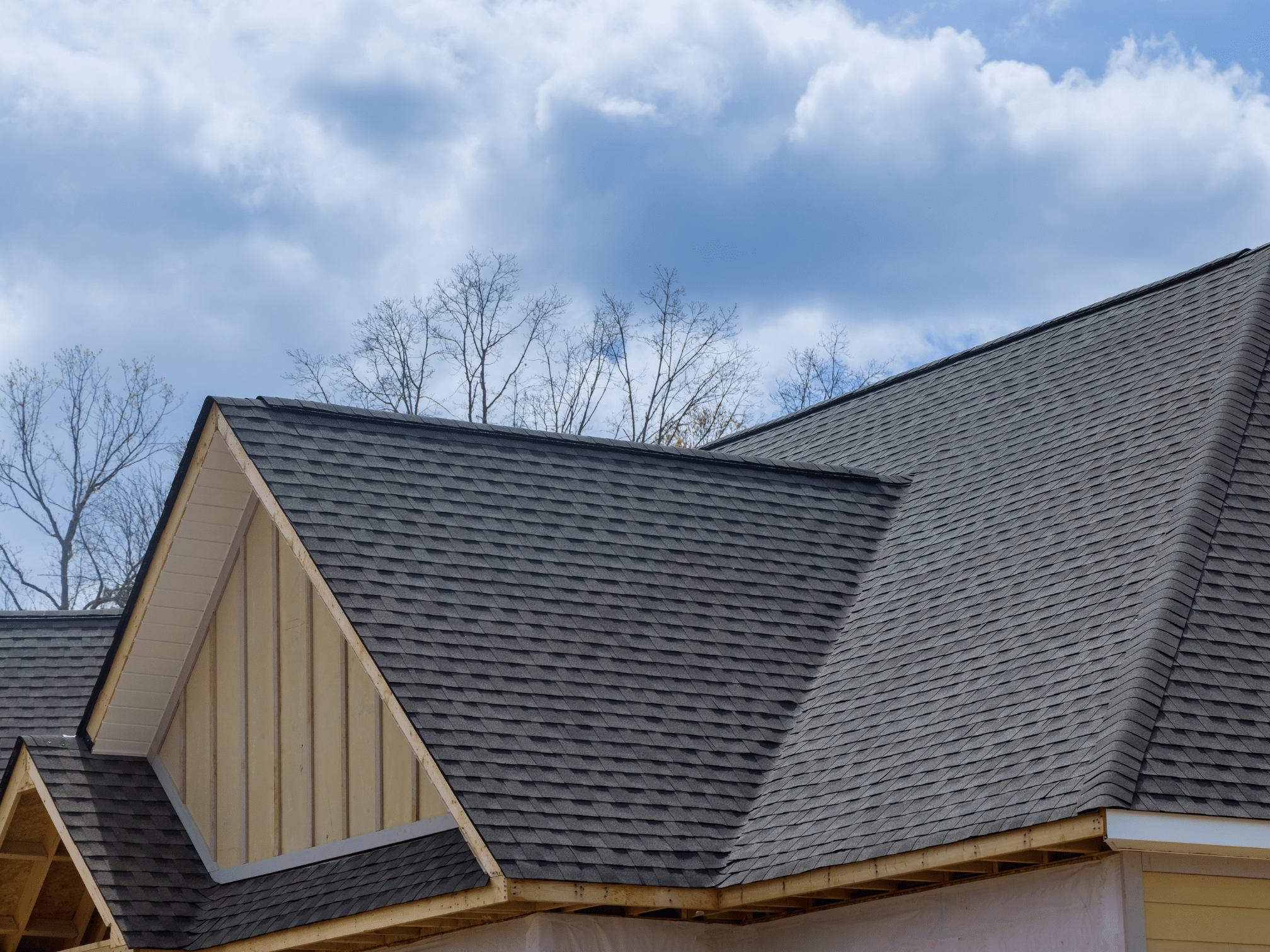
Types of Insurance Coverage for Roof Shingles
Understanding the types of coverage available is crucial for homeowners. Here’s a breakdown of the most common types of insurance coverage for roof shingles:
- Replacement Cost Coverage (RCC):
- Definition: RCC provides coverage for the full cost of replacing your damaged shingles with new ones of similar quality, without considering depreciation.
- Benefits: This type of coverage ensures that homeowners can restore their roof to its original condition without incurring significant out-of-pocket expenses.
- Considerations: Premiums for RCC may be higher, but it offers the best protection against unexpected roofing costs.
- Actual Cash Value (ACV) Coverage:
- Definition: ACV coverage reimburses homeowners for the value of the damaged shingles, factoring in depreciation. This means you may receive less than the full replacement cost.
- Benefits: ACV coverage often comes with lower premiums, making it a more affordable option for homeowners.
- Considerations: While it’s more affordable, the out-of-pocket costs can be higher when replacing an older roof.
- Extended Replacement Cost Coverage:
- Definition: This coverage provides additional funds beyond the standard replacement cost, usually up to a specified percentage, to cover unexpected increases in construction costs.
- Benefits: This can be particularly valuable in areas prone to natural disasters where repair costs can spike due to high demand.
- Considerations: It’s a costlier option but provides a safety net against market fluctuations in roofing prices.
- Guaranteed Replacement Cost Coverage:
- Definition: Guaranteed Replacement Cost coverage pays for the entire cost of replacing your shingles, even if it exceeds your policy limit.
- Benefits: Provides the highest level of protection, ensuring you won’t have to pay out of pocket regardless of the cost.
- Considerations: Typically, this is the most expensive option but offers the best peace of mind.
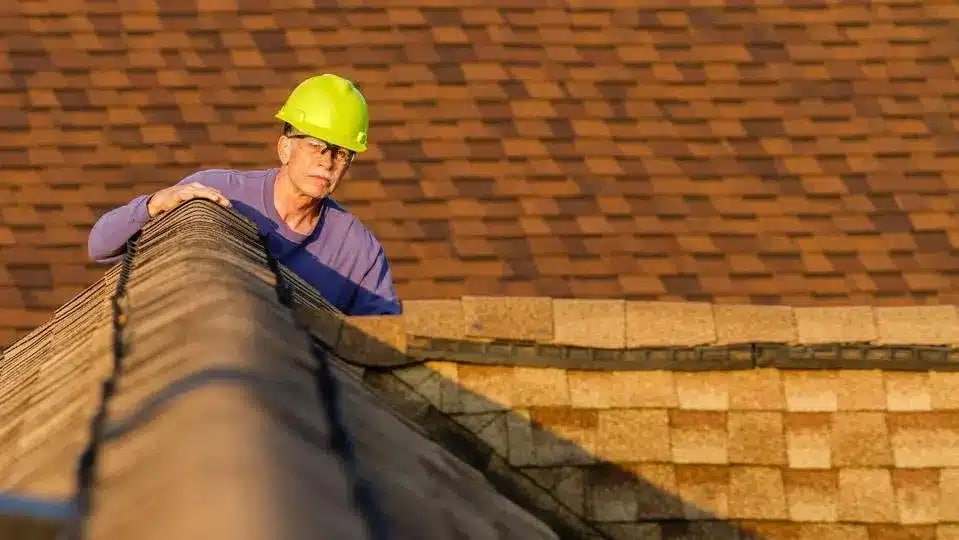
Summary of Coverage Types:
- Replacement Cost Coverage (RCC): Full replacement without depreciation.
- Actual Cash Value (ACV): Replacement minus depreciation.
- Extended Replacement Cost: Covers extra costs due to inflation.
- Guaranteed Replacement Cost: Pays all replacement costs, exceeding policy limits.
Common Scenarios and Insurance Coverage for Roof Shingles
Homeowners should be aware of the specific scenarios under which their insurance may or may not cover roof shingle damage. Let’s explore some common situations:
- Storm Damage:
- Scenario: Your roof shingles are damaged due to a severe storm, including high winds or hail.
- Coverage: Most standard homeowners’ insurance policies cover this type of damage. It’s important to document the damage and report it immediately.
- Wear and Tear:
- Scenario: Your roof shingles are deteriorating due to age and regular exposure to the elements.
- Coverage: Wear and tear are generally not covered under homeowners’ insurance. Regular maintenance is crucial to prevent such damage.
- Fallen Trees or Debris:
- Scenario: A tree falls on your roof during a storm, causing significant damage to the shingles.
- Coverage: This is typically covered under most policies, provided it’s proven that the tree fell due to natural causes and not negligence.
- Poor Installation:
- Scenario: Shingles begin to fail due to improper installation or substandard materials used during the initial roof installation.
- Coverage: Poor installation is generally not covered. It’s essential to hire licensed and insured contractors to avoid this issue.
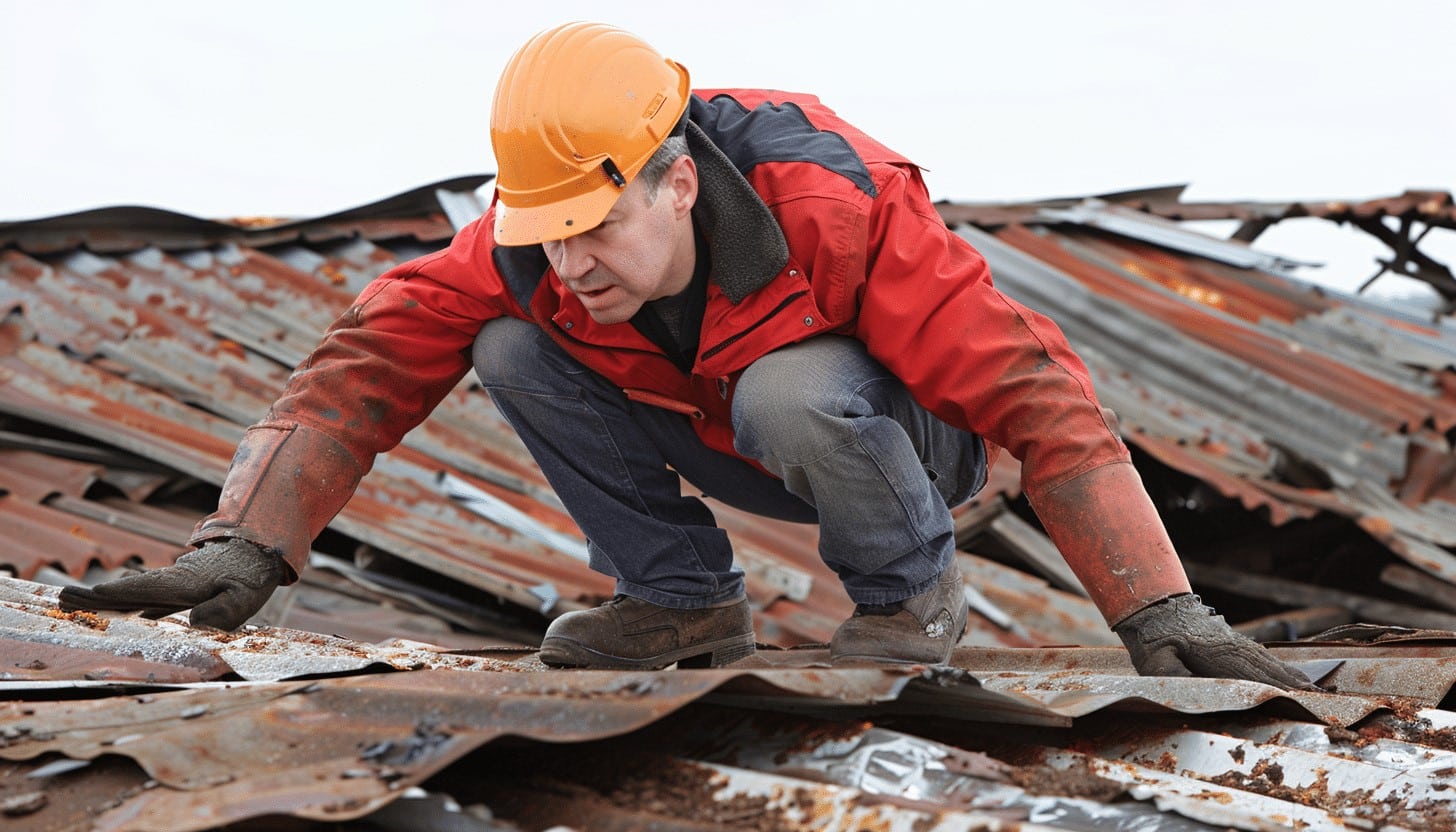
How to File an Insurance Claim for Roof Shingle Damage
Filing an insurance claim for roof shingle damage can be a daunting process, but understanding the steps can make it more manageable. Here’s a guide to help you navigate the process:
- Assess the Damage:
- What to Do: Start by thoroughly inspecting your roof for visible damage, such as missing, cracked, or lifted shingles. Take photos and document everything.
- Important Tip: Safety first! If you’re unable to safely inspect the roof, consider hiring a professional.
- Contact Your Insurance Company:
- What to Do: Report the damage to your insurance provider as soon as possible. Be prepared to provide them with detailed information and the documentation you’ve collected.
- Important Tip: Keep a record of all communications with your insurance company, including phone calls, emails, and letters.
- Schedule an Inspection:
- What to Do: Your insurance company will likely send an adjuster to inspect the damage. Ensure you or your contractor is present during the inspection to provide any necessary information.
- Important Tip: Consider getting an independent inspection to verify the extent of the damage before the adjuster arrives.
- Review Your Policy:
- What to Do: Familiarize yourself with your policy details, especially regarding deductibles, coverage limits, and exclusions.
- Important Tip: Understanding your policy will help you know what to expect and advocate for yourself during the claims process.
- Receive the Settlement:
- What to Do: After the inspection, your insurance company will provide a settlement based on their assessment of the damage.
- Important Tip: If the settlement is lower than expected, don’t hesitate to negotiate or seek a second opinion.
- Start Repairs:
- What to Do: Once you’ve received the settlement, hire a reputable contractor to begin repairs. Ensure all work complies with local building codes and your insurance company’s requirements.
- Important Tip: Keep all receipts and documentation related to the repairs for future reference.
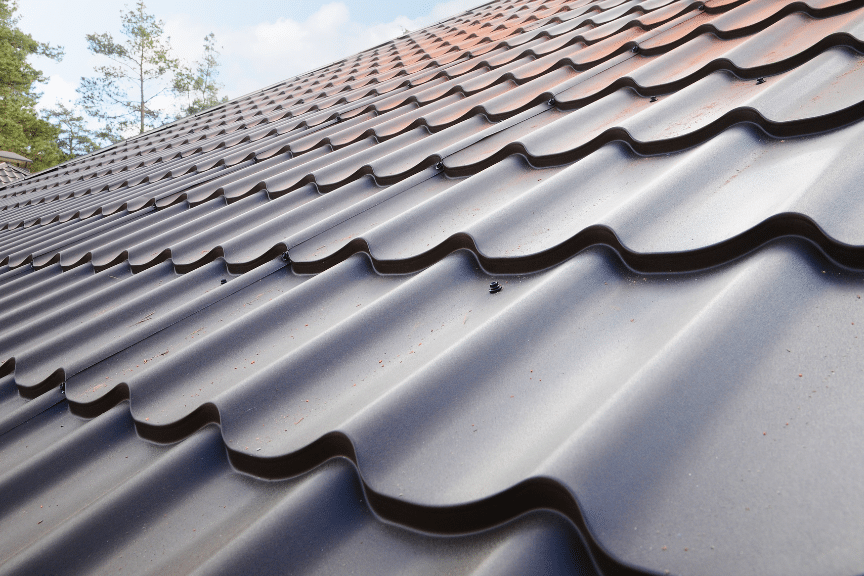
FAQs on Insurance Coverage for Roof Shingles
Q: How often should I have my roof inspected for potential damage?
A: It’s advisable to have your roof inspected at least once a year and after any major storm. Regular inspections can catch minor issues before they become major problems.
Q: What should I do if my insurance claim for roof damage is denied?
A: If your claim is denied, review the reasons provided by your insurance company. You may appeal the decision, provide additional documentation, or seek legal advice if necessary.
Q: Can I choose my contractor, or do I have to use one recommended by the insurance company?
A: In most cases, you can choose your contractor. However, your insurance company may require the contractor to meet certain qualifications or be approved by them.
Q: Will my insurance cover the cost of upgrading my shingles?
A: Generally, insurance will only cover the cost of repairing or replacing with similar materials. Upgrades may need to be covered out of pocket unless specified in your policy.
Q: How does the age of my roof affect my insurance coverage?
A: Older roofs may receive limited coverage or may only be covered for their actual cash value rather than the full replacement cost.
By understanding these aspects of insurance coverage for roof shingles, homeowners can make informed decisions and ensure their homes are well-protected. Regular maintenance, understanding your policy, and knowing how to navigate the claims process are key to maintaining a strong and durable roof.
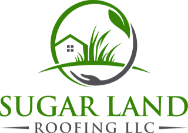
 (832) 944-7663
(832) 944-7663